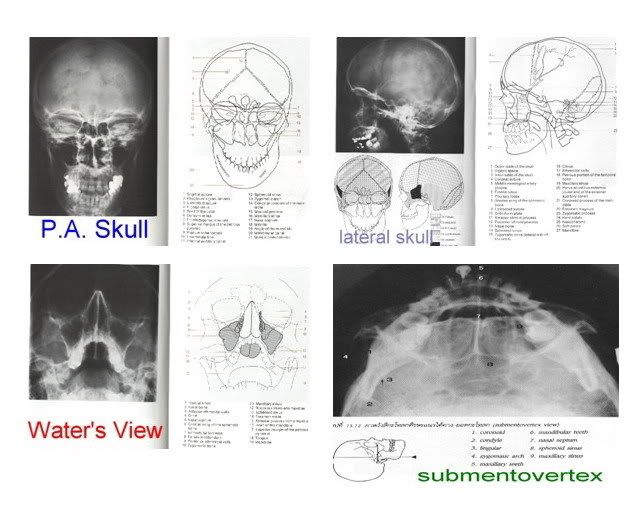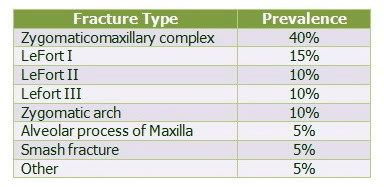I was given a very gracious gift today: A pair of large needle drivers! For what purpose? To learn how to suture of course. The needle driver has other names as well. Some call them hemostats - although I am not sure if this is technically correct. According to the website atitan.com (the manufacturer of my new gift) they are called needle holders and my size is an M7. Here is a photo:

The M7 stands for mayohegar 7′. These things also have a carbide tip. Well, this has peaked my interest in suturing so I have been doing some research for everyone. This will tell you how to get your own things to start learning how to suture. What you will need:
- A guide to help you know how to tie the knots: Ethicon down loadable manual or if that link doesn’t work e-mail me and I can e-mail you the one I downloaded.
- Needle holders, or needle drivers: Visit your local OR office or hospital surgical floor and ask for ‘old ones’ . Surgical departments constantly renew their stash and may have some. Make sure to explain clearly that it is for educational experiance and that you are a student.
- A knot tying board or suture practice board: Again visit the local hospital or look on the internet. Some resources are Ethicon and other suture companies. If this option is not available you can call Johnson & Johnson and ask for a free Ethicon knot tying board, rope, and a knot tying manual. The number is 1-800-255-2500. The items will ship within 7-10 days.
- Sutures or string. I have read that some hospitals will get rid of expired sutures or you can find them online for a reduced price. Rope or string works just as well though to get the techniques down. The feel will be different between twine, yarn, string, and a silk suture, although the method is still the same. Keep this in mind. Repeating the same knot over and over again with a two foot long suture will last a while, so you don’t need much.
The first thing I was taught was how to palm the needle drivers and open and close them using both my dominant and non dominant hand. I am right handed, so I will show this method first:
It is fairly simple to open and close the needle driver with your hands in the finger loops, so I will skip to the non-loop technique, which is used more often in surgery because it allows you to have better rotational and free movement of the instrument and your hand. Try to take your hand in and out of the finger loops rapidly while twisting and turning. It is difficult and palming the whole instrument is better. I have read online of directors wanting to see proficiency in both skills though, so bear this in mind. The first thing to do is hold the instrument almost like you would a marshmallow roaster.

Do you see how my fingers are holding down tightly on the bottom half of the instrument. Note that the needle driver is in a closed position. Now using some force while holding steady with your fingers, push the pad of your hand (below the thumb - see where the needle driver is resting in the palm?) against the needle holder so it clicks open. Practice this many times on the three different closed positions and practice rotating the instrument along its long axis in your hands 180 degrees or more when the needle holder is closed and then open it up again after spinning it.
After a suture is done, it needs to be cut. With talking to an experienced oral surgeon I learned that when you are good you can hold both the needle driver and scissors in one hand and flip back and forth with each one to suture and then cut, suture and then cut. I don’t have scissors, but I will show you how to fling the instrument out of the way to free up your hand. I am sure this has to be seen in surgery to be appreciated. One reason shadowing is a must before making this a career goal.
Hold the instrument like shown above but place your ring finger in the bottom loop. After practicing a couple of sutures you will then fling the needle drivers toward your body while using your ring finger as a pivot for the needle holder.

The needle driver will go from the above picture to the below picture:

Pretty cool how it frees up your hand right? You can now use scissors to cut the suture AND you can use the scissors in the same hand. To get the needle driver back up into your palm, use a small wrist twitch along with the muscle of your pinky (in a motion that clenches the pinky) to fling it back up. It takes some practice to get it down and it will take longer to master. It is useful to do this while studying or reading. It can be done in lecture where no note taking is required. It can also be done in your white coat pocket while walking around. The oral surgeon I shadow would practice during his anesthesia rotation by tying a suture off onto one of the many cords coming off the anesthesia carts and suturing away.
The non dominant hand I find is more difficult. I am left handed. This method is done mostly with the fingers and thumb, minus the palm. A picture speaks 1000 words so I will let you look and explain afterwards:

See the pressure I am able to put on the needle driver with the fingers pushing in one direction snd the tumb pushing towards the fingers? This is enough to open the needle holder and it still provides a good grip on the instrument to open and close it.
Practice all of these methods using all the needle holder locking positions. Rapidly open and close the instrument several times and then close it and spin it (rotate the instrument along its long axis) a couple of times and then open it and close it several times more. The reason you spin the needle driver is because most needles are curved in a half circle shape and a spinning motion is required to drive the needle into the tissue and then back out again.
These are the basics. Don’t hesitate to ask a surgeon to demonstrate some of these techniques to you. Most surgeons will be proud to show off their skills! Stay tuned for demonstrations of knot tying with easy to follow instructions so you can tie like the best!
Article from http://omfsource.com/blog/2007/08/03/the-art-of-a-good-suture/












